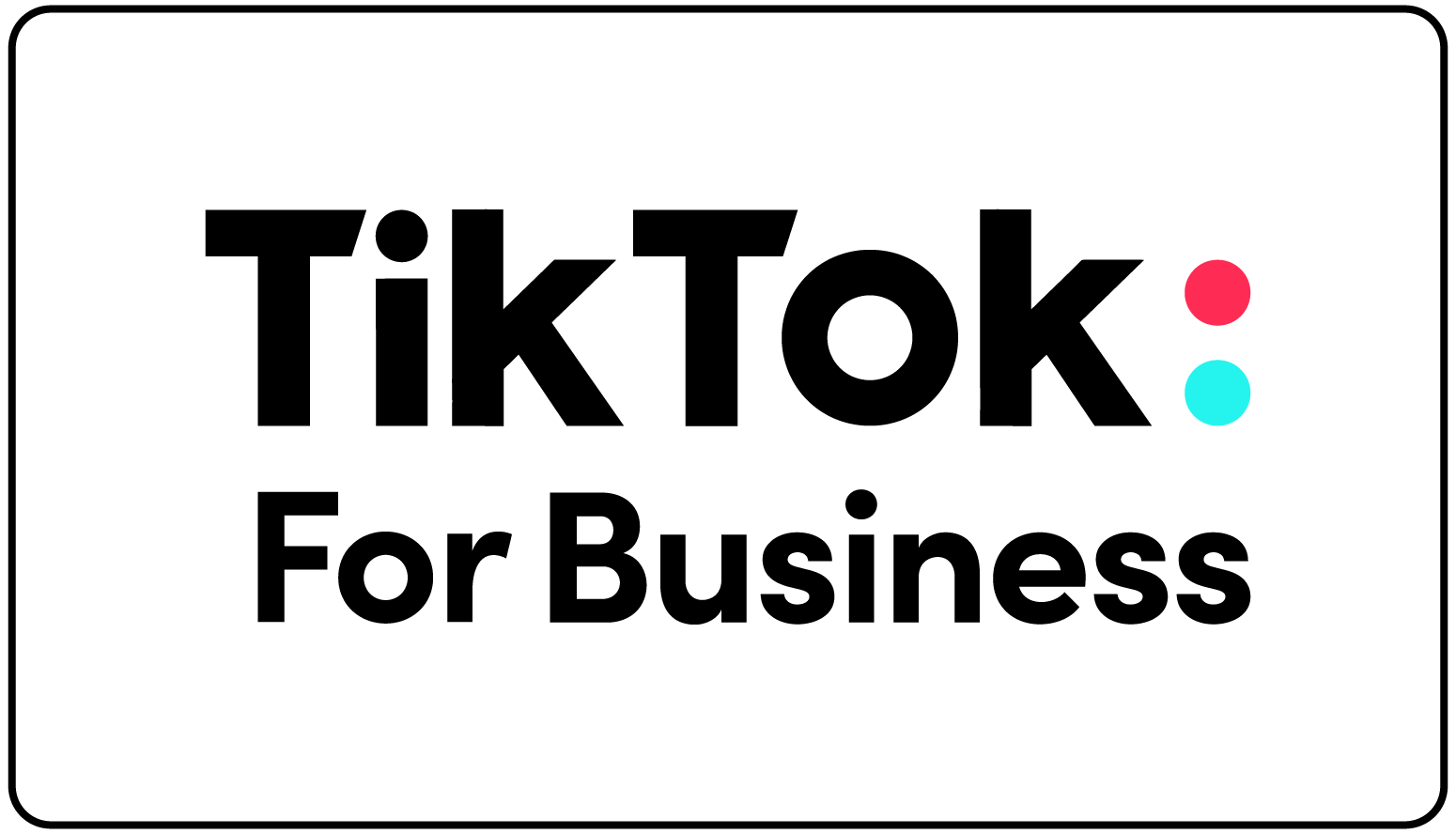The world of healthcare is ever-evolving, and with the digital age upon us, it is essential for healthcare providers and marketers to understand the patient journey and how to effectively reach and engage patients online. This guide will take you through the digital health marketing funnel, outlining the stages of the patient journey and offering strategies to enhance your marketing efforts and ultimately improve patient outcomes.
Understanding the Patient Journey
The patient journey refers to the entire experience a person goes through when seeking healthcare, from initial awareness of a health concern to post-treatment care. It encompasses a range of touchpoints and interactions with the healthcare system, including:
- Researching symptoms and conditions online
- Discussing concerns with friends, family, or a healthcare professional
- Booking appointments and consultations
- Receiving diagnoses and undergoing treatments
- Recovering and managing ongoing health conditions
The patient journey is unique to each individual, and it is important for healthcare marketers to recognize that patients are active participants in their healthcare decisions. By understanding the patient journey, marketers can develop effective strategies to guide and support patients at each stage.
The Digital Health Marketing Funnel
The marketing funnel is a model that describes the theoretical journey a customer goes through when purchasing a product or service. In the context of healthcare, the digital health marketing funnel outlines the stages a patient moves through when seeking healthcare solutions online. Here’s a breakdown of the stages:
Awareness: At this stage, patients recognize a health concern and begin seeking information. They may turn to search engines, social media, or online forums for initial research. It is important to have a strong online presence with informative, engaging content to capture their attention.
Strategy: Develop a comprehensive content marketing plan that includes search engine optimization (SEO) and social media engagement. Provide valuable resources and establish yourself as a trusted source of information.
Consideration: Patients then consider their options and evaluate different healthcare providers. They may compare services, read reviews, and seek recommendations. Your goal here is to build trust and showcase your expertise.
Strategy: Utilize patient testimonials and case studies to highlight successful outcomes. Demonstrate your unique value proposition and the benefits patients can expect from choosing your services.
Conversion: This is when patients take action and convert into actual patients. They may book an appointment, sign up for a newsletter, or download a resource. Make this stage as seamless as possible.
Strategy:Optimize your website for mobile and ensure a user-friendly booking process. Offer incentives such as online discounts or exclusive content for subscribers.
Loyalty: Retaining patients and building long-term relationships is crucial. Stay connected and engaged with your patients post-treatment.
Strategy: Implement a patient loyalty program with rewards or special offers. Send personalized follow-up emails or surveys to gather feedback and show your commitment to their ongoing care.
Advocacy: Turning satisfied patients into advocates can be a powerful marketing tool. Encourage patients to share their positive experiences.
Strategy: Faster a community feel through social media groups or online forums where patients can connect and share stories. Engage with patient feedback and reviews to show your appreciation and encourage word-of-mouth referrals.
Enhancing the Patient Journey
Understanding and mapping out the patient journey allows healthcare providers and marketers to identify areas where they can improve and optimize the patient experience. Here are some key considerations:
- Personalization: Tailor your content and communications to specific patient needs and preferences. Use patient data and feedback to create personalized journeys.
- Omni-channel Approach: Ensure a seamless experience across all channels and devices. Patients should be able to easily navigate between online and offline touchpoints.
- Patient Education: Provide informative resources to empower patients and help them make informed decisions about their health.
- Feedback and Insights: Regularly gather patient feedback to identify areas for improvement and develop patient journey maps to visualize and enhance the patient experience.
By implementing these strategies and understanding the digital health marketing funnel, you can effectively guide patients through their healthcare journey, ultimately improving patient satisfaction, outcomes, and loyalty.




